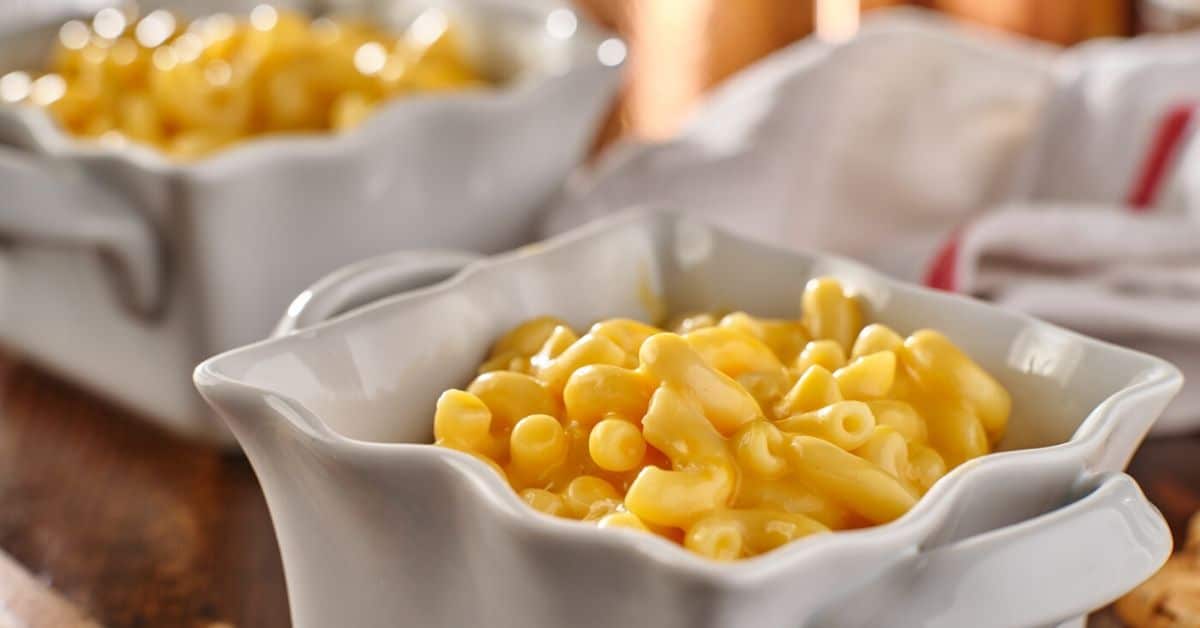Yes, you can freeze uncooked and cooked bacon for future use, but ensure it’s in good condition and well stored before freezing. Vacuum sealing is the best method to preserve flavor and prevent freezer burn.
Smoky, salty, and delicious, bacon is somewhat irreplaceable. Although popular as a breakfast addition, bacon is also added to salads, sandwiches, pizza, and pasta. Unfortunately, this delicious meaty treat does not have a long shelf life.
Meat in general is on the expensive end of the grocery list and definitely not a product you want to see go to waste. Its price and short shelf life make the option of freezing bacon ideal.
You do, however, want to ensure that you preserve the flavor and texture of the pork optimally when storing it in the freezer to prolong its shelf life.
Here is your ultimate guide to freezing bacon.
Can Bacon Be Frozen?
Yes, you can freeze uncooked bacon and cooked bacon for future use. Provided the bacon is in good condition and has been well stored prior to freezing, there shouldn’t be any problem with freezing and thawing bacon. Bacon that is nearing its expiry should not be frozen.
When freezing bacon, you want to eliminate as much exposure to air and moisture as possible. The best way to do this is by vacuum sealing the bacon.
Protecting the pork from contact with air during the freezing process will prevent freezer burn, preserve flavor, and lock in freshness.
If you do not have access to a vacuum sealer, follow the below steps to best preserve bacon in the freezer.
How To Freeze Uncooked Bacon

Step 1: Separate
When freezing uncooked bacon, start by lining a baking sheet with a piece of parchment or wax paper. Separate all the uncooked bacon slices and place them on the lined tray.
Step 2: Roll
Start at one end of a bacon slice and roll it into a spiral. Continue rolling all the individual slices into bacon coils.
Step 3: Pre-freeze
Place the baking sheet with the bacon coils into the freezer for a few hours, just until frozen solid.
Step 4: Bag It
Remove the baking tray from the freezer and pack the frozen bacon spirals into a ziplock freezer bag. Press out any excess air before sealing the bag.
Step 5: Label and Freeze
Label the ziplock bag with the date before placing it in the freezer.

How To Freeze Cooked Bacon
In the unlikely case that you have remaining bacon slices after a breakfast cook-up, you can freeze them to use later in pasta, sandwiches, salads, and, casseroles, soups, and sauces. Make sure to cool leftover cooked bacon to room temperature before freezing. To prevent the slices of bacon from sticking to each other, you can use one of 2 methods.
Lay the slices of bacon out in a single layer on a lined baking sheet and flash freeze them before packing them into a resealable bag.
Alternatively, place a few slices next to each other on a piece of wax paper. Cover them with another piece of wax paper and place another layer of slices on top, so that each layer is separated. Pack the layered slices into a resealable bag. If you don’t have wax paper, you can use plastic wrap instead.
Press out any air at the top of the bags before sealing. Label the bags with the date before placing them in the freezer.
How To Defrost Frozen Bacon
If you follow our tips to freeze individual slices, it will make it easy to separate the frozen bacon. Your main consideration when thawing and reheating bacon is food safety.
The best and safest way to defrost bacon is in the refrigerator. Remove the packet from the freezer and place it straight into the refrigerator to thaw overnight. Leaving the bacon at room temperature can cause harmful bacteria to develop which causes food poisoning.
Alternatively, take the sealed freezer bag and place it in a bowl of water to speed up the defrosting process.
Types of Bacon

Bacon is salt-cured pork usually bought pre-cut or sliced. It can be made from various cuts, although it is typically meat from the pork belly or the less fatty back cuts of the pig.
Bacon is cured either by soaking it in brine or by dry curing. It may then be dried further, smoked, or boiled. Fresh bacon is cooked by pan-frying, grilling, or baking in the oven.
Its delicious salty and smoky taste brings a boost of flavor to savory dishes and snacks. Bacon has become so popular that some dishes such as an ‘English breakfast’ or BLT just aren’t complete without it.
When it comes to savory recipes, bacon pairs well with a variety of foods making it a great flavor addition to almost any meal from salads, sandwiches, pasta, and quiche, to scallops, burgers, and chicken dishes.
Less commonly, bacon can also be transformed into jam and dipped in chocolate or candied with maple syrup for a sweet-salty treat.
See more: How to reheat bacon
FAQs
Conclusion
Having a stash of bacon in the freezer makes it easy to spruce up any meal. Whether you need a quick breakfast addition, quiche filling, pasta sauce, or sandwich filler, bacon is the perfect go-to.
Freezing an entire pack of bacon from the store will mean that you will need to defrost and use the whole batch. If you plan on only using a few pieces at a time, the best way to freeze it is to portion the bacon beforehand so that you can remove only as much as you need.
Cooked or uncooked bacon can be frozen to prevent food waste and save money. Besides, cooking bacon to add to a meal is bound to be a winner, no matter what time of day it is.









